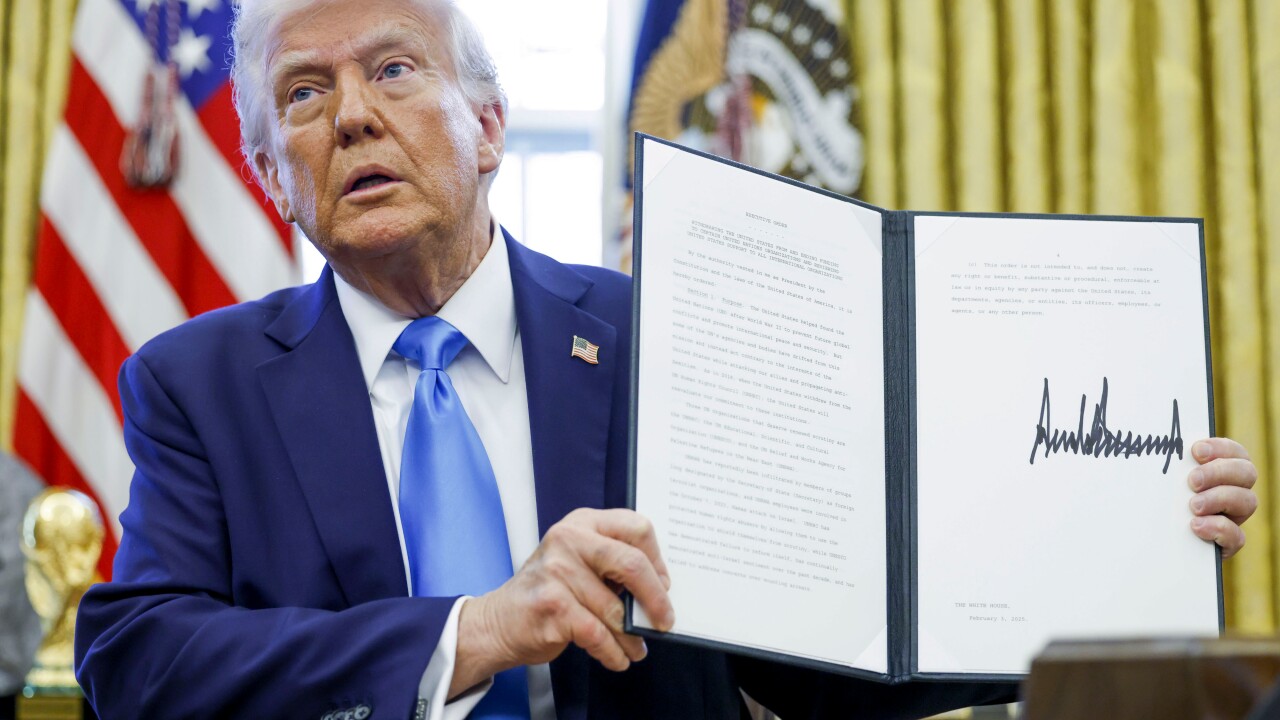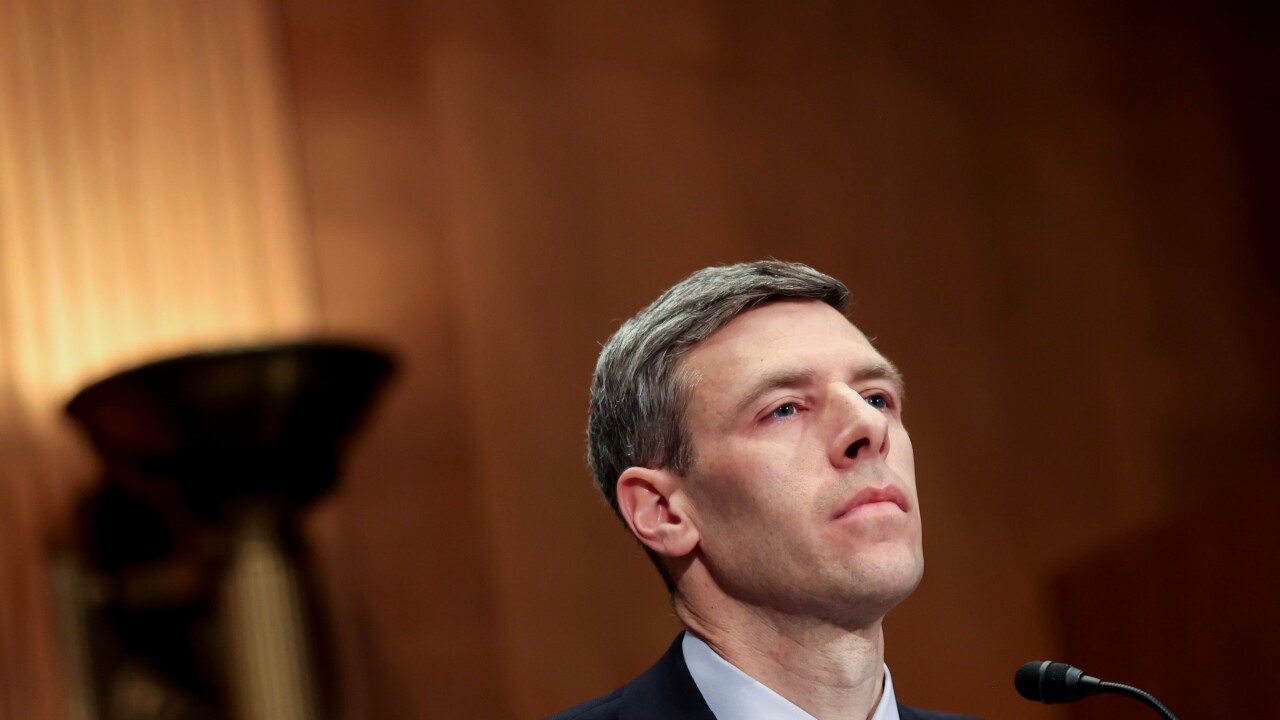Amazon casts a huge shadow over the retail industry, but it can be as much an inspiration as a threat.
"Our company would exist and we would be doing this without pressure from Amazon, but we have gotten more funding because of Amazon and that pressure is felt and understood by retailers," said Jordan Fisher, CEO of Standard Cognition, a Palo Alto-based startup that is selling artificial intelligence technology that uses advanced cameras to eliminate most of a store's need for traditional checkout.
The concept strongly resembles Amazon Go, a retail concept store that Amazon has been testing that uses technology to recognize shoppers and the products they select, charging them automatically as they leave the store. Amazon Go has attracted a lot of attention, but has reportedly had trouble handling larger numbers of customers and has had to
Despite those problems, Amazon has proven that such a model is possible, Fisher said.

"We would be in much more of a research phase, trying to convince the world that this is even theoretically possible," Fisher said. "Because of Amazon's pressure there's more of a willingness to accept this."
Standard Cognition's system is similar to Amazon Go, and the vendor is in discussions with retailers about pilots, though the company would not name those retailers or its investors. Standard Cognition views its technology as a way to reclaim checkout real estate and move consumers through stores faster, as well as lower labor costs. Shoppers select items in the store and leave, and are automatically charged for them.
Standard Cognition's service is backed by machine vision and artificial intelligence, which act as a computerized "staff" that monitors what people pick up from shelves. A 30,000 square foot supermarket would require between 150 and 200 cameras in the ceiling that would take images of shoppers as they walk through the store and take items. These cameras use AI to communicate with each other and an optional mobile app to handle the sale. The cameras would be able to distinguish between Coke and Pepsi based on an image, without a need to change the store's shelves or the items, Fisher said.
"The cameras get a sense of what's happening," Fisher said. "It's an artificial neural network that gets fed examples over and over again and learns what the items are."
The shopper's mobile app allows consumers to link a credit card or third party wallet such as Apple Pay. The shoppers check into the store by opening the app, after which they can begin shopping. The store's app matches them to their basket, and processes payments. Customers can also shop without the app. In that case, they are directed to a kiosk or self-checkout that has communicated with the cameras to determine a shopper's "basket."
"We don't anticipate that every shopper will get the app, and not everyone has a smartphone," Fisher said.
Standard Cognition charges a combined fee for the cameras and payment processing. It hopes to have an installation live in the next seven months, and while it is targeting all retailers, the company will probably start with smaller stores that have fewer items to analyze.
Amazon has been working on its
Using mobile technology to optimize consumer traffic in stores isn't new.
"Even before Amazon Go, it was inevitable that these solutions would come to market, but when Go went public the race to launch a competing solution heated up," said Rick Oglesby, president of AZ Payments Group. "There's a long way to go before this becomes mainstream."
Most retailers will pilot this technology and monitor the customer experience closely, Oglesby said. "Several test-and-learn iterations will be required to get the customer experience just right, and the adoption curve thereafter will take time also."





